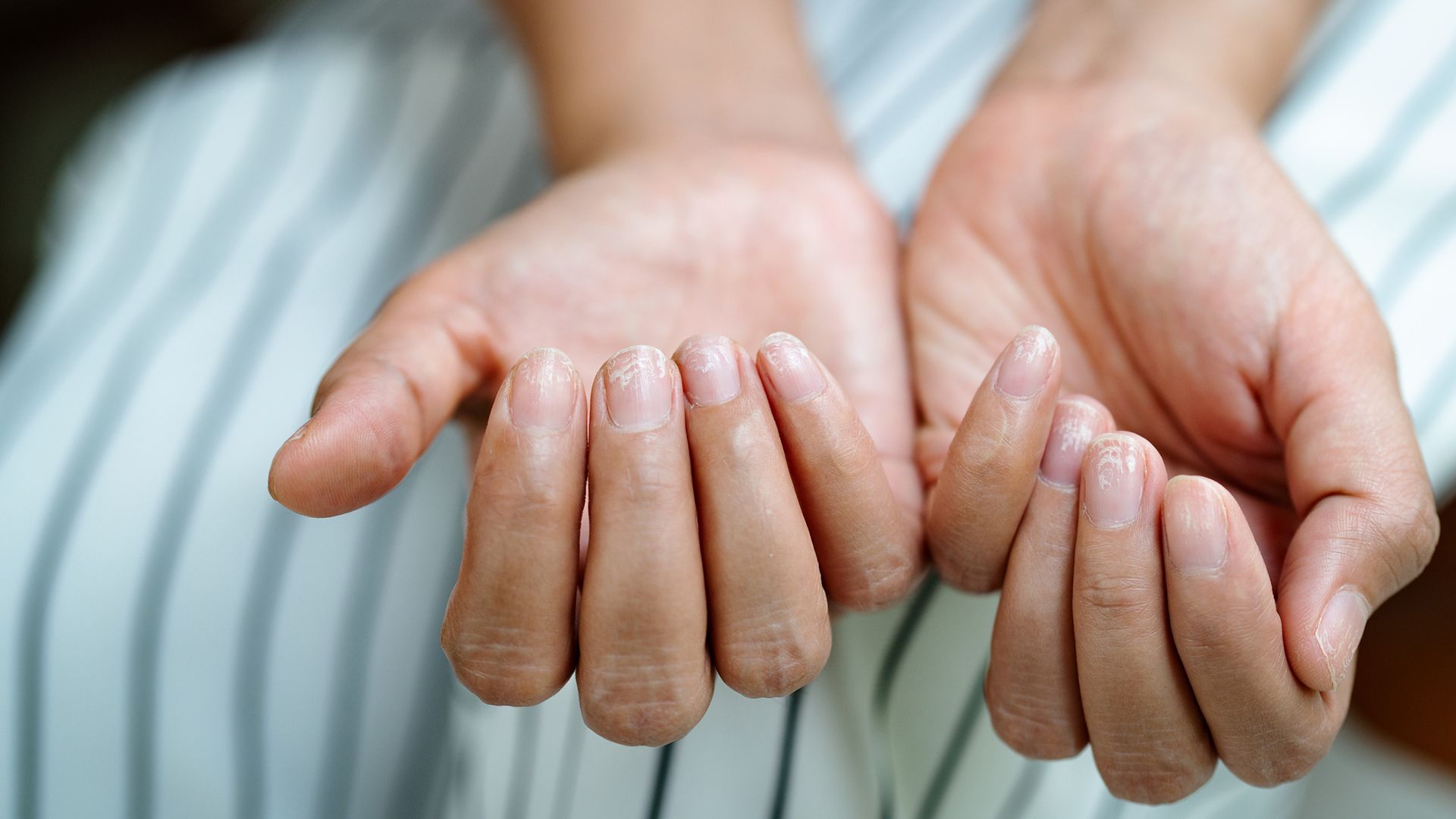It’s estimated that up to 30 percent of people who have psoriasis also develop a type of arthritis called psoriatic arthritis (PsA). Together, these conditions are sometimes referred to as psoriatic disease.
Like psoriasis, psoriatic arthritis is an inflammatory disorder and an immune-mediated disease. It occurs due to abnormal activity by the body’s immune system.
With psoriasis, that immune activity causes skin lesions. These lesions can vary in appearance and in the location on the body where they occur. The most common type of psoriasis is called plaque psoriasis. It causes red, raised patches of skin that have a silvery, scaled appearance.
With psoriatic arthritis, the abnormal immune activity causes inflammation in the joints, causing the joints to become inflamed, tender, stiff, and painful. People with psoriatic arthritis may also experience swelling in the fingers and toes (called dactylitis), changes to the nails, tendon pain in the feet and ankles, and fatigue.
Over time, this can cause damage to the joints. In some cases, psoriatic arthritis can lead to disability. However, early diagnosis and treatment can help prevent or delay joint damage.
Overlap with psoriasis
In most cases, people with psoriatic arthritis experience psoriasis skin symptoms first. But a number of people with psoriatic arthritis have no skin symptoms or skin symptoms that went unnoticed. Other patients are diagnosed with both psoriasis and psoriatic arthritis at the same time.
Types of psoriatic arthritis
There are five main patterns of psoriatic arthritis. The two most common are symmetric and asymmetric arthritis.
- Symmetric arthritis affects the same joint on different sides of the body—both knees or both ankles, for example.
- Asymmetric arthritis affects different joints on different sides of the body and can affect a few joints or many.
- Distal interphalangeal predominant arthritis involves the distal joints, the joints closest to the nails of the fingers and toes.
- Spondylitis causes inflammation of the spinal column. Patients with spondylitis often feel stiffness in the neck and lower back.
- Arthritis mutilans is the most severe form of psoriatic arthritis. It causes bones and cartilage to be broken down and reabsorbed by the body, causing deformity and disability. It affects the hands and feet. It only occurs in a small percentage of people who have psoriatic arthritis, but it also affects people who have rheumatoid arthritis.
Treatment
There is no cure for psoriatic arthritis, but there are ways to manage the condition, control symptoms, and slow the progression of joint damage.
Treatment will vary from patient to patient, depending on the severity of the disease, the symptoms, and the type of psoriatic arthritis. Healthcare providers usually recommend a combination of lifestyle changes and medicines.
Lifestyle changes can include losing weight, exercising more, and working with a physical therapist. Additionally, people with psoriatic arthritis should follow a healthy diet, reduce stress, and avoid triggers that cause symptoms to flare.
There are a variety of medications that can be used to treat psoriatic arthritis, including nonsteroidal anti-inflammatory drugs (NSAIDs), glucocorticoids (a type of steroid), disease-modifying antirheumatic drugs (DMARDs) and biologics. Light therapy (also known as phototherapy) may also be prescribed.






